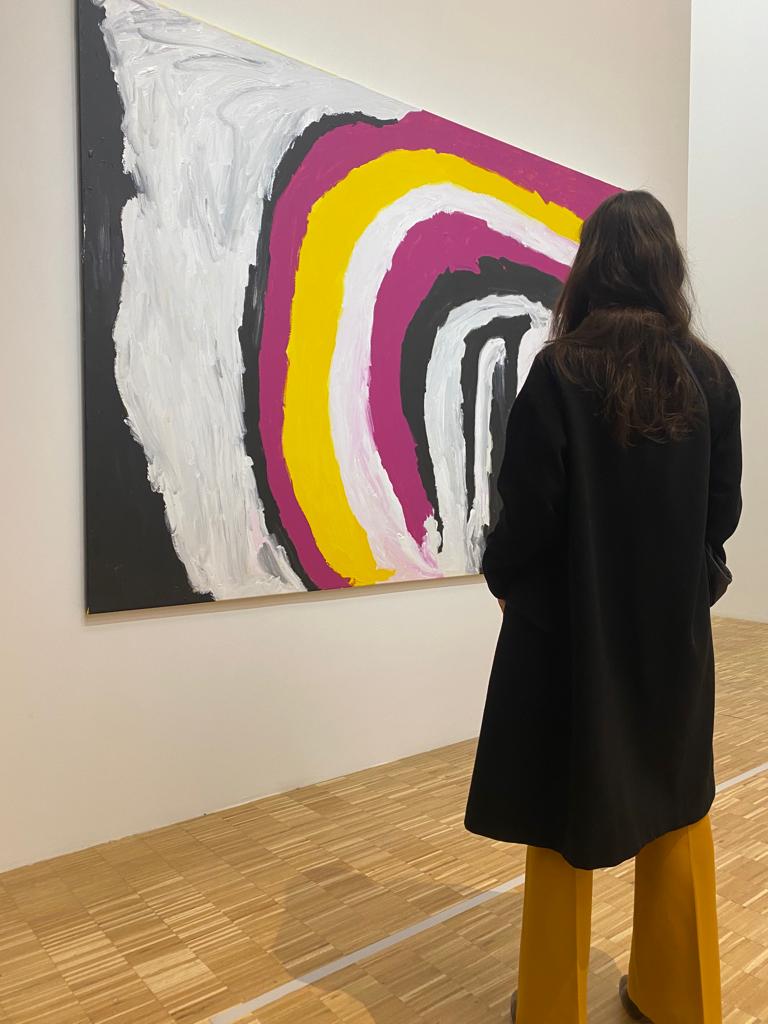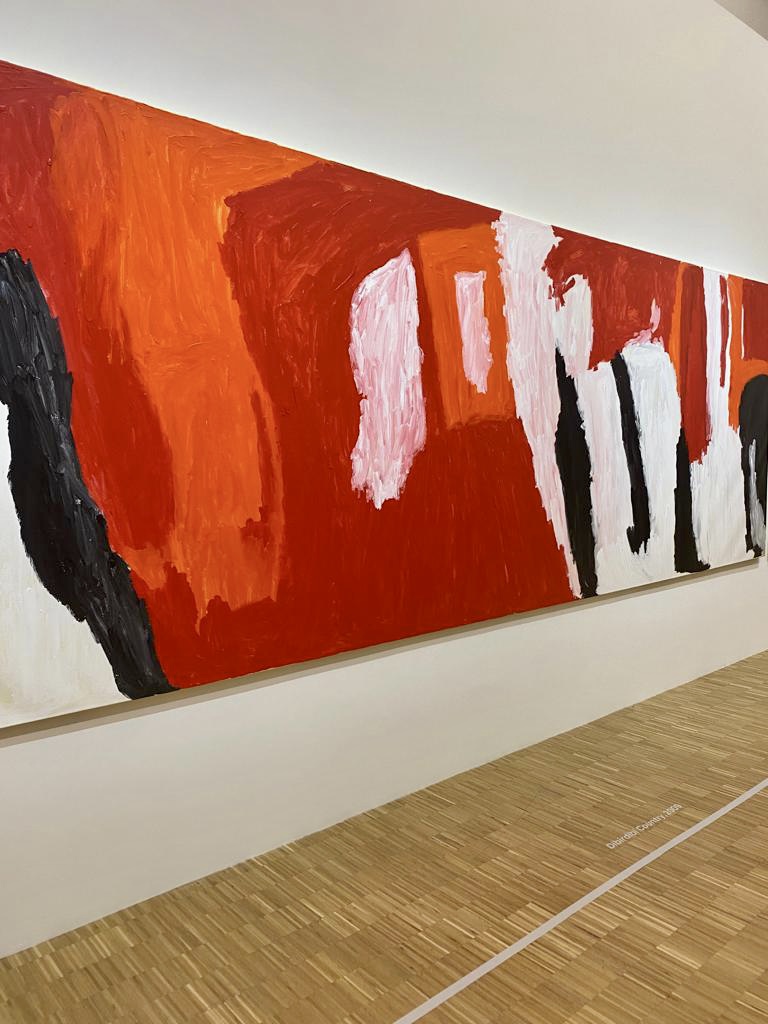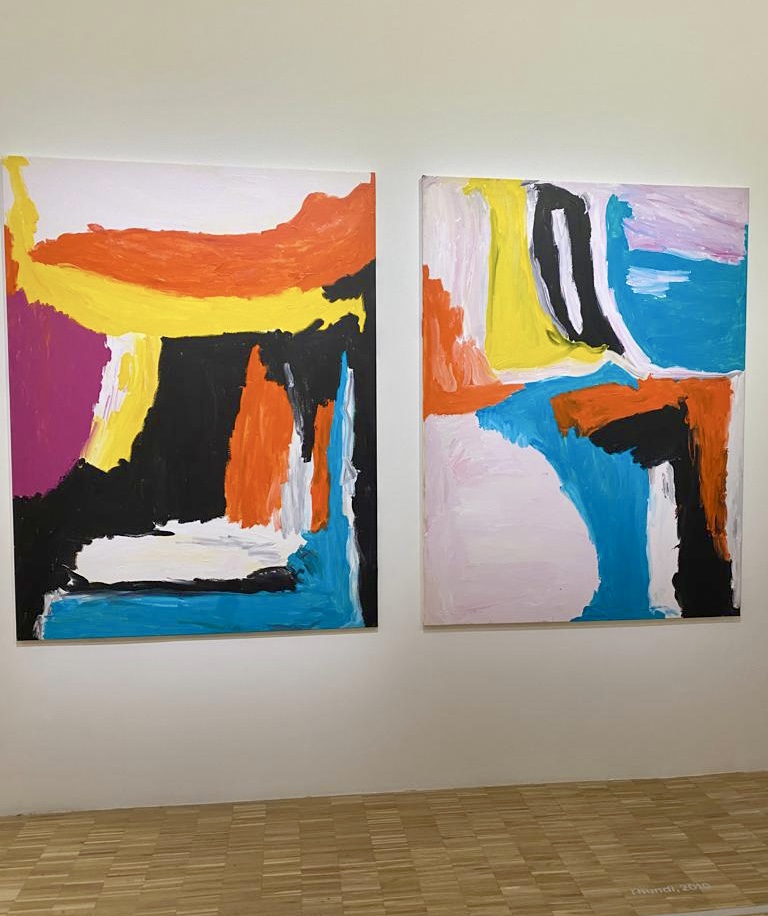Cézanne and Renoir: Art, Beauty, Self-Improvement, and Friendship
Revealing the Importance of Nature Through Art
On the occasion of the visit of our beloved Irish friend, we had the opportunity to visit the Renoir and Cézanne exhibition at Palazzo Reale.
Palazzo Reale pays tribute to the legacy of Paul Cézanne and Pierre Auguste Renoir, masters who contributed decisively to the birth of Impressionism, which celebrated its 150th anniversary on April 15, 2024.
So, the exhibition explores their influence on subsequent artistic movements. A journey through their most iconic paintings, from portraits to landscapes, still lifes, and bathers. Also, the exhibition ends with a section documenting how decisive the impact and influence of the two artists were on the subsequent generation of artists by comparing two Cézanne and Renoir works with two Pablo Picasso paintings.
Since our Irish friend Pauline is a painter and art teacher, she provided insights on colours and shapes, perspective and depth. Our pathway through the rooms of Palazzo Reale has been a full immersion in absolute beauty. We had the chance to discover more about Cézanne and Renoir, their different painting techniques, their life struggles, and their friendship. Indeed, their diverse traits joined them like a magnet, offering complementarity to each other. A deep connection, a shelter they couldn’t renounce. Also, despite their health issues, they remained passionate about creating art.

Some of Cézanne and Renoir memorable quotes
But the experience was so rich and profound that it’s difficult to summarise in just a few takeaways. So, we share some memorable quotes we found in the rooms:
“Art touches emotions. If it needs to be explained, it is not art.” Pierre-Auguste Renoir
“If my canvas is imbued with an undefined cosmic spirituality that moves me and makes me better, it will also move others, touching a part of their sensitivity of which they may be unaware.” Paul Cézanne
“A state of grace comes from contemplating God’s most beautiful creation: the human body. Suffering passes, beauty remains. I am perfectly happy.” Pierre-August Renoir
“Progress can only be made through nature; the eye is educated in relation to this.” Paul Cézanne
Exploring the paintings of Cézanne and Renoir has been such a meaningful experience. A lesson on art, beauty, self-improvement, and friendship. However, the importance of nature emerges through their art. Nature teaches through its form, which the artist interprets with an increasingly personal vision. Ultimately, nature is an open space to observe and contemplate the world. A space for observation, refuge, departure, and return. Therefore, a space to preserve.
Cézanne and Renoir: Art, Beauty, Self-Improvement, and Friendship Read More »




